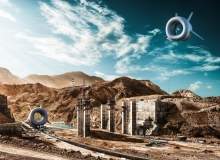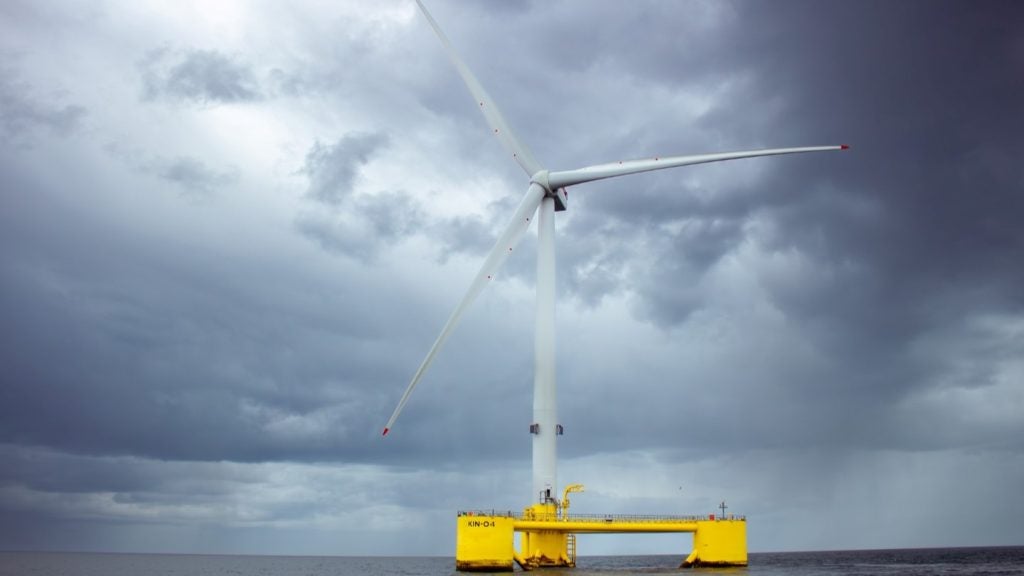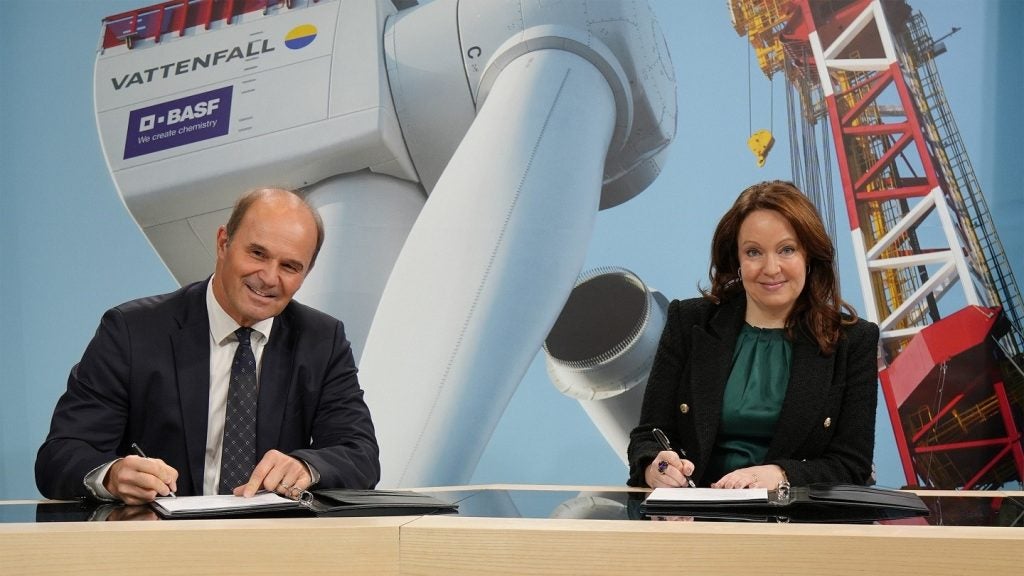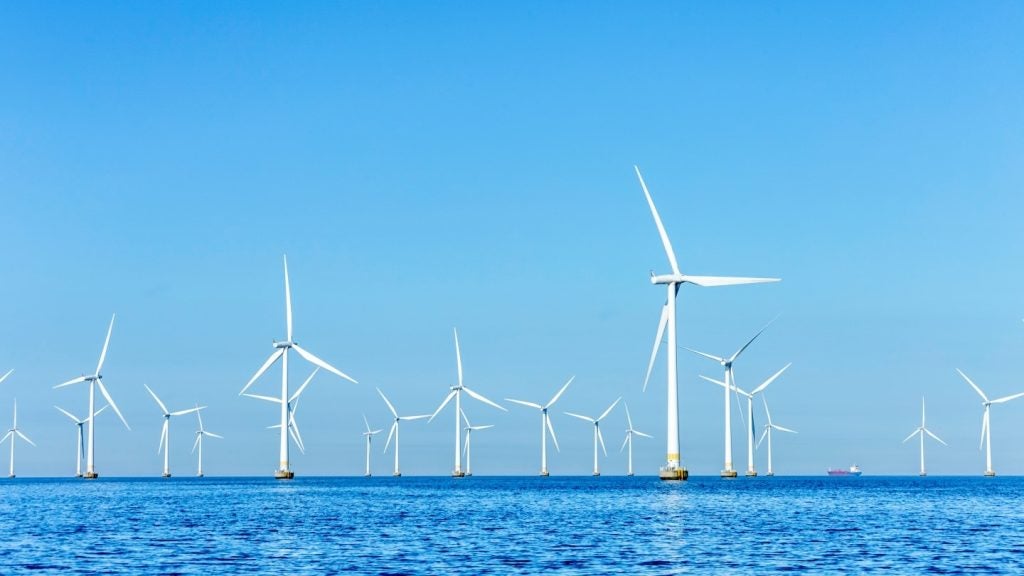
Ross Davies: How did the idea for the Buoyant Airborne Turbine (BAT) come about?
Ben Glass: We started Altaeros Energies back in 2010, around the time my co-founders and I were finishing up at grad school at the Massachusetts Institute of Technology (MIT) and Harvard. But the origins go back even before we started the company – between undergrad and graduate school, I was at the aerospace engineering department at MIT. I started looking at airborne winds, as it was this huge resource – abundant and available pretty much all over the world – but we didn’t have any great way of harnessing it.
So I started looking at the ways in which we could effectively harness this energy source in a time and cost-effective manner. We conceived the idea of using an aerostat -which the military has used for decades for radar systems and communications equipment – as they are reliable and relatively inexpensive. It seemed like a really good platform to take that technology and bring it into the energy sector.
Those are the origins of the concept and how we started working on it. We began by working on the technical capability. Once we thought the technical challenges had been solved, we started looking at the business case, and it all came about from there.
RD: What are the main components of the BAT? How does it work?
BG: It’s got four main components. Firstly, we’ve got a wind turbine, which is basically like all the wind turbines you are used to seeing – three blades and a horizontal axis, although more lightweight. And then there’s the helium-filled shell component, which is one of the more innovative parts, in which we are taking that basic technology you see in a normal aerostat and adapting it. We have a different geometry, which allows us to keep the system pointed into the wind automatically-passively, as well as allowing us to fly in stronger winds in a stable manner.
There are also the tethers, which hold the system to the ground station to help provide that control – done by winches on the ground station to control the altitude of the inflatable shell – and send the power down from the turbine to the ground station.
How well do you really know your competitors?
Access the most comprehensive Company Profiles on the market, powered by GlobalData. Save hours of research. Gain competitive edge.

Thank you!
Your download email will arrive shortly
Not ready to buy yet? Download a free sample
We are confident about the unique quality of our Company Profiles. However, we want you to make the most beneficial decision for your business, so we offer a free sample that you can download by submitting the below form
By GlobalDataSee Also:
The fourth piece is the ground station, which a lot of the work and innovation has gone into. One of the big areas of innovation is around automating a lot of the operation, and creating a system that is fully autonomous. So we don’t actually need a ground crew; this is the first aerostat in the world to be able to launch, fly, land and dock completely autonomously without one. A lot of that comes from the control system and the design of the ground station.
Power-technology.com profiles the world’s 10 biggest wind turbine designs based on power output and rotor diameter.
RD: How long does it take to inflate and deploy the aerostat?
BG: We are focusing on the remote power market – in part because it has very high costs of energy, but also because there aren’t many great alternatives to the diesel generation they are using today. And because of the logistics of installing traditional renewables, and with this system tethered to the structure – we don’t have a tower or underground foundation – it only requires taking a couple of standard shipping containers at any site and unpacking them. In all, it takes about a day or two to provide that energy source. It is very quick to deploy, and much more mobile and portable, while you also have the option of taking it down, packing it up and taking it to another site, if needs be.
RD: What are the main challenges that come with ensuring the optimal functioning of high-altitude wind turbines?
BG: Our goal is clearly to commercialise these systems – there are not yet any commercial airborne turbines out there. So, a lot of it is around ensuring the safety and reliability of the systems. That’s absolutely critical. We’re absolutely confident that it will be able to operate with excellent reliability at a customer site without a permanent crew there.
So I would say the main challenges relate to detailed engineering to get that reliability to where it needs to be.
RD: What impact could inclement weather conditions have on the operation of the turbine?
BG: Part of the control system will automatically adjust the altitude in order to hunt for the best wind speeds. We don’t want to be in ridiculously high wind speeds, so we have the ability to slowly bring the system down to an optimal level – this is done fully autonomously, while continuing to produce power the entire time, so you are not losing any energy output. That essentially eliminates the flight risk that can be found with high wind conditions.
RD: If the BAT is commercialised, what could it signal for the next generation of wind power?
BG: We are starting to look at the remote power market because it is a big energy market that has grown quickly, and there’s such a huge demand for an alternative there. We really think that airborne winds are such a tremendous resource that it could really have an impact on global energy generation.
This is a little bit down the line, but it’s also a technology that could be well suited to the offshore utilities market. If you can find a way of taking advantage of the great wind resources found in those areas, there’s a huge potential there. We are taking the approach of bringing the product to the market as quickly as we can, but there’s inevitably a significant learning curve. Our goal is to start progressing down that path as soon as we can.



.gif)





